
Movable books have a long and storied publishing history – as I discovered last year at an exhibition organised by Gill Partington, whose research at Cambridge’s University Library allowed her to ‘roam the library and play with funny-shaped books’. Cambridge’s collection includes a copy of The Speaking Picturebook, first published in 1880, whose hidden wooden bellows still produce the sounds of farmyard animals when pulled 140 years later!
John Newbery founded children’s publishing as we know it today in 1744 with A Pretty Little Pocket-Book, which came with pincushions for girls and balls for boys. With this rich history and the research of scholars like Dr Partington, who unearth and celebrate surviving copies of these curious forerunners, we can see how fun, novelty and interactivity have long been central to children’s publishing. The descendants of these early books continue to offer early years educators and young readers opportunities for rich reading and learning experiences today.
All reading experiences in the early years are interactive, as are all books, encouraging as they do a rich dialogue between practitioner, text, its authors and illustrators, and child reader or audience. Today, however, we enjoy a particularly vibrant and exciting time for reading with specially designed interactive books thanks to modern technology and the artwork and ingenuity of contemporary authors and illustrators.
HANDS-ON LEARNING
Interactive books provide an introduction to book culture and a stimulating, often physical means for very young children to develop not only their literacy and experience with reading as fun, entertaining and educative, but opportunities to learn kinaesthetically, what researchers Alison Golding, Claudia Boes and Sanna Nordin-Bates describe as learning awareness ‘of and through the body’.
Interactive books provide a means for doing so by combining what Jerome Bruner had earlier described through the Symbolic means (language), Iconic means (pictures) and Enactive means (taking part in the action required by interactive books) of education.
Chunky, busy books, such as those within the Touch, Think, Learn and Begin Smart series, encourage very young readers to:
- trace lines with their fingers to develop hand-eye co-ordination and fine motor skills
- develop memory and recognition through repetition with simple shapes, objects and characters hidden under lift-the-flaps, or through in-book fit-the-shape games
- practise listening and problem-solving skills through search-and-find activities on the page
- begin engaging with mathematical concepts such as left and right, up and down, and over and under with moving tabs
- encounter concepts such as number, letters, colours, counting and the natural world through engaging artwork.
Begin Smart’s Who Am I? and Look At Me! use cut-outs to transform their books into animal masks for guessing games between young readers and practitioners, making shared reading a natural stepping stone into engaging, interactive play which utilises the knowledge newly imparted by the reading experience.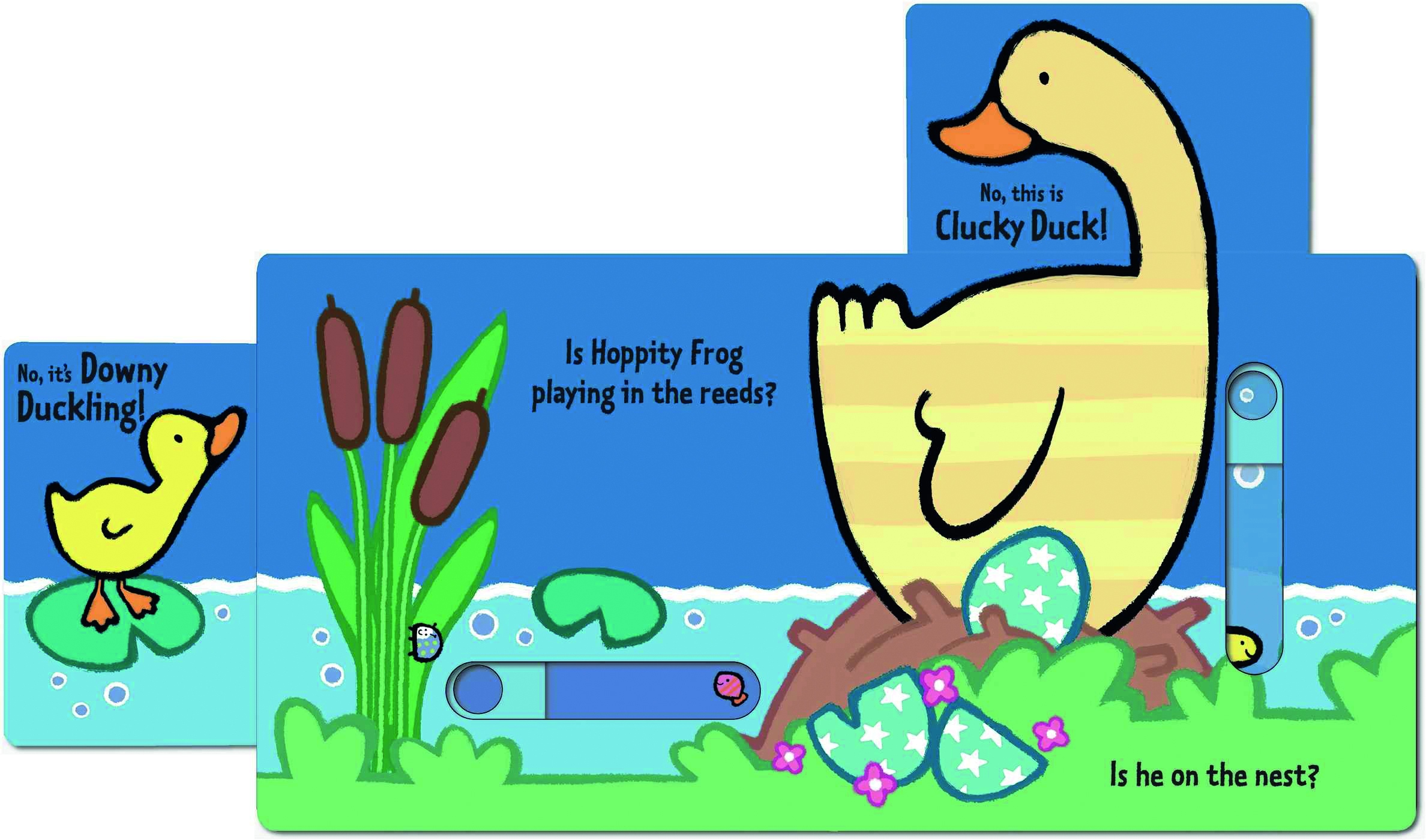
AROUND THE WORLD
The American Begin Smart and French Touch, Think, Learn series prove that it can often pay to look to our international neighbours for innovation in children’s publishing: we are lucky in the UK to often be the first to benefit from international editions and English translations.
Some of the most striking interactive books I have come across come from Francophone authors, including Xavier Deneux, Annette Tamarkin, and Herve Tullet. All three author-illustrators have a distinctive, tactile style and genuinely innovative approach to interactive children’s books, a genre I fear has been too long associated in the UK with noisy push-the-button sound books. (High-quality push-the-button books have their place, of course, though perhaps in smaller settings and 1:1 interactions rather than in busy nursery classrooms! Marion Billet’s Listen to the Birds is one such example, which could well be used to prepare for outdoor learning and observation.)
Hervé Tullet has been met with great critical success for his alternatives to iPads and digital books, with Press Here, The Book With a Hole and Mix It Upgiving children the chance to see books as physical objects as capable of being explored as thoroughly, enjoyed and revisited for surprises and creative, responsive inspiration as apps and online programmes.
Eric Carle’s The Very Hungry Caterpillar and Tove Jansson’s The Book About Moomin, Mymble and Little My are classic examples of publishing innovation which continue to delight and stimulate child readers today. The cut-outs, which cleverly transform hidden illustrations into entirely new and unexpected scenes, literalise what children’s literature expert Barbara Bader once famously described as ‘the drama of turning the page’.
Jan Pienkowski understood this when he revisited the pop-up book (with the paper engineering of Tor Lokvig and assistance in illustration by Jane Walmsley) in his Kate Greenaway medal-winning Haunted House, a classic now matched in contemporary pop-up paper engineering by the amazing One Red Dot and Yellow Square by David Carter. These special books continue to amaze young readers from the early years onwards, in which the initial period of experiencing interactive books as chunky, tactile, indestructible objects for babies and toddlers matures to understanding books as works of art as well as education.
Emily Gravett’s Spells is one such innovative book that is more likely to stand the test of time in a free-flow classroom’s book corner than these delicate pop-up treats. In Ms Gravett’s text, split-page technology allows children to sound out mixed-up spells that transform a little frog into all manner of extraordinary creatures in his quest to become a handsome prince.
Recent innovation has seen the creation of Rufus Butler Seder’s ‘scanimation’ books, such as Gallop!and Waddle!, which move magically as one turns the page, and Jordan Crane’s Keep Our Secrets, which uses heat technology to change the colour of illustrations when pressed by warm hands (or hairdryers!).
While these innovations are impressive and enable children to see technology in action, these books also rely on the interactive relationship between child reader and supportive adult co-reader who can encourage and explain an appreciation of their magic.
In this way, the joyful Can You Make a Scary Face?by Jan Thomas, which turns into instructions for children to take part in the story, The Yellow Balloon by Charlotte Dematons, whose beautiful illustrations beg for developing deep concentration, and Tap the Magic Treeby Christie Matheson, whose magic lies just in ‘the drama of turning the page’, remain no less magical nor no less interactive when shared 1:1 or at storytime.
INTERACTIVE FAVOURITES
Classics
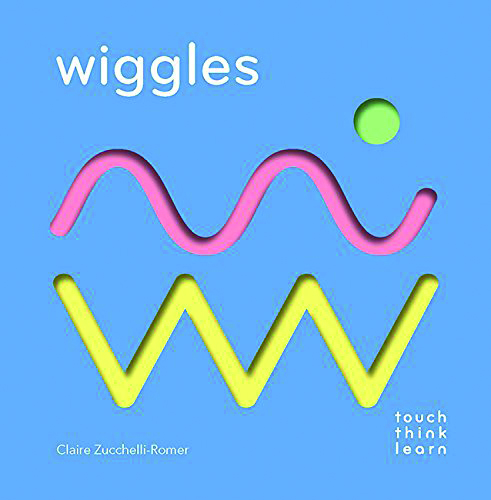 Haunted House by Jan Pienkowski
Haunted House by Jan Pienkowski- The Book About Moomin, Mymble and Little My by Tove Jansson
- Calm Down, Boris by Sam Lloyd
- Dear Zoo by Rod Campbell
Creative cut-outs
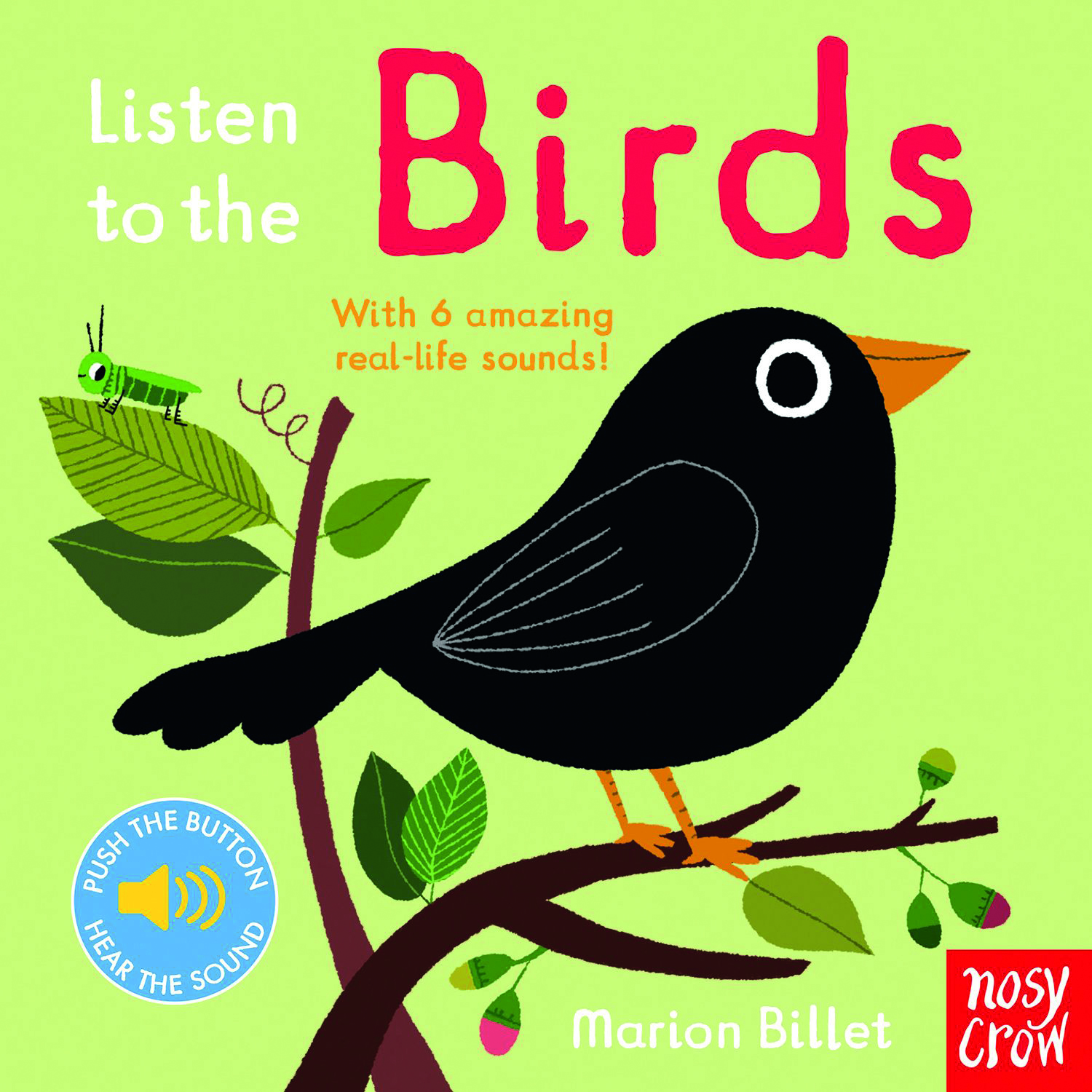 Spells by Emily Gravett
Spells by Emily Gravett- The Book with a Hole by Hervé Tullet
- First the Egg by Laura Vaccaro Seeger
- Joseph Had a Little Overcoat by Simms Taback
- The Hole by Oyvind Torseter
Crafty with colour
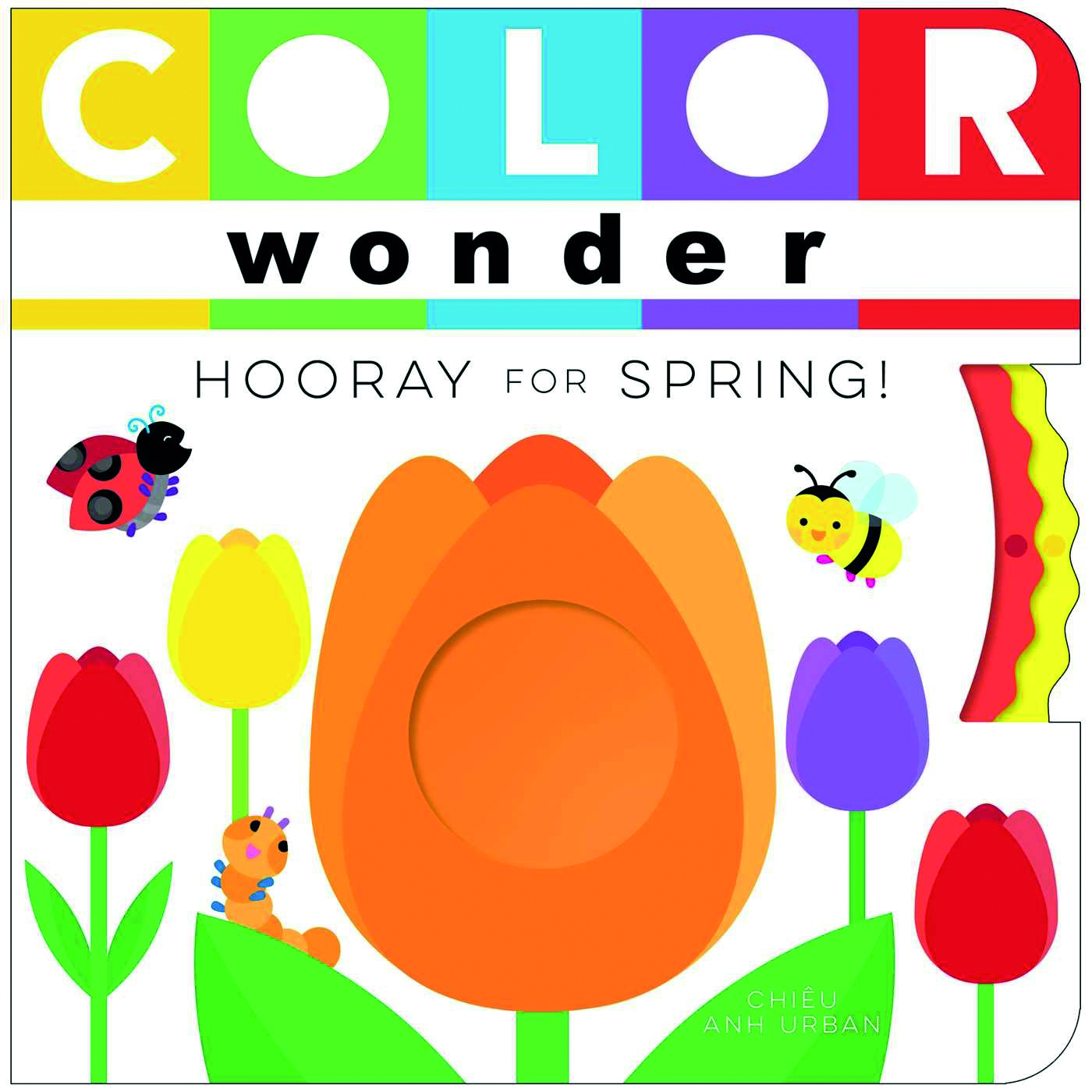 Mix It Up by Herve Tullet
Mix It Up by Herve Tullet- Color Wonder: Hooray for Spring! by Chiêu Anh Urban
- One Red Dot and Yellow Square by David Carter
Push and pull: movable books
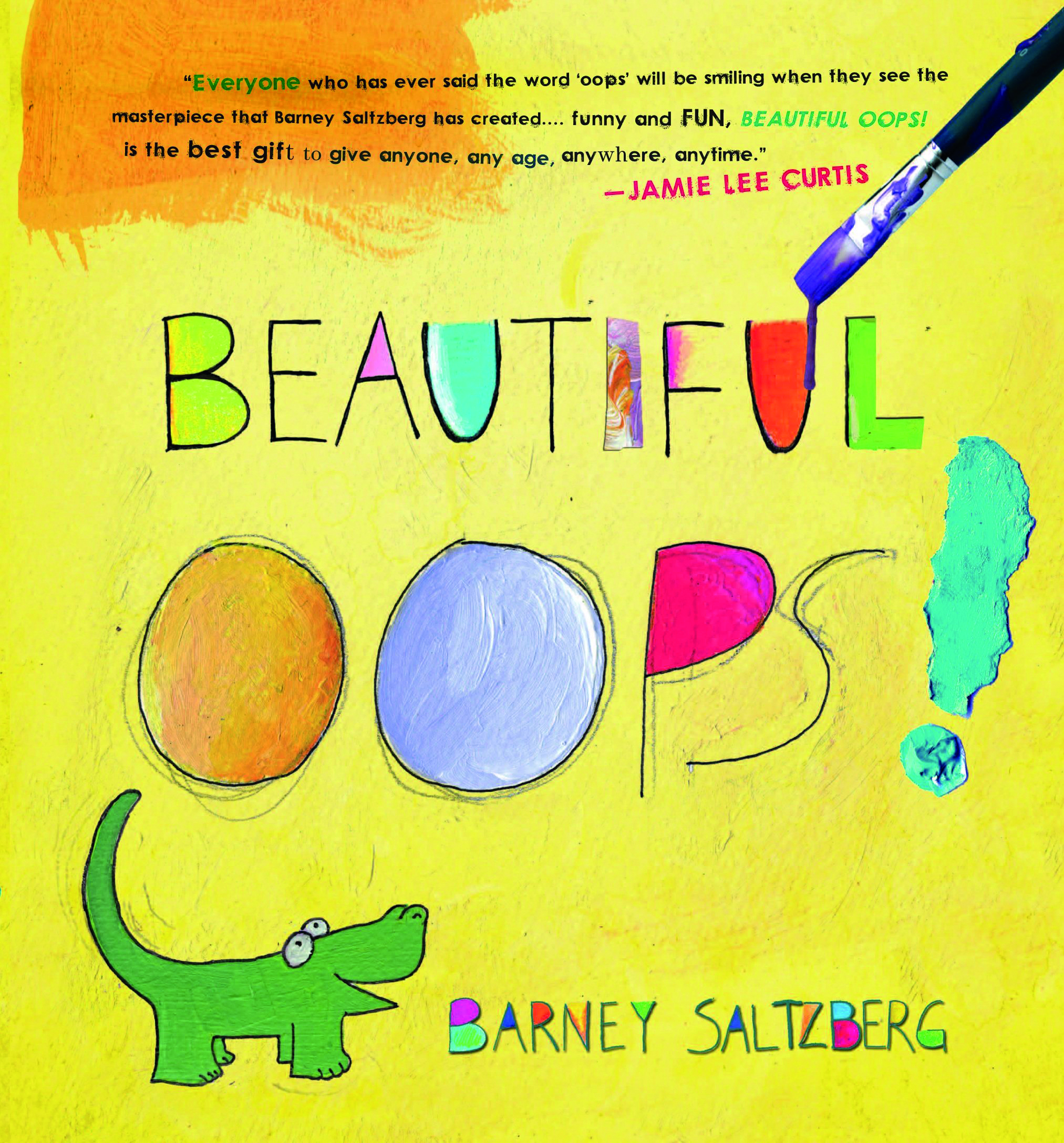 Fly! by Xavier Deneux (Touch, Think, Learn series)
Fly! by Xavier Deneux (Touch, Think, Learn series)- Wiggles by Claire Zucchelli-Romer (Touch, Think, Learn series)
- Hoppity Frog by Emma Parrish
- Out of Sight by Francesco Pittau
- Feelings (Pull and Play) by Alice Henand and Thierry Bedouet
- Beautiful Oops by Barney Saltzberg
- Peek-a-Who by Elsa Mroziewicz
- Alphabet and Dance by Matthew Van Fleet
Busy books and prop books
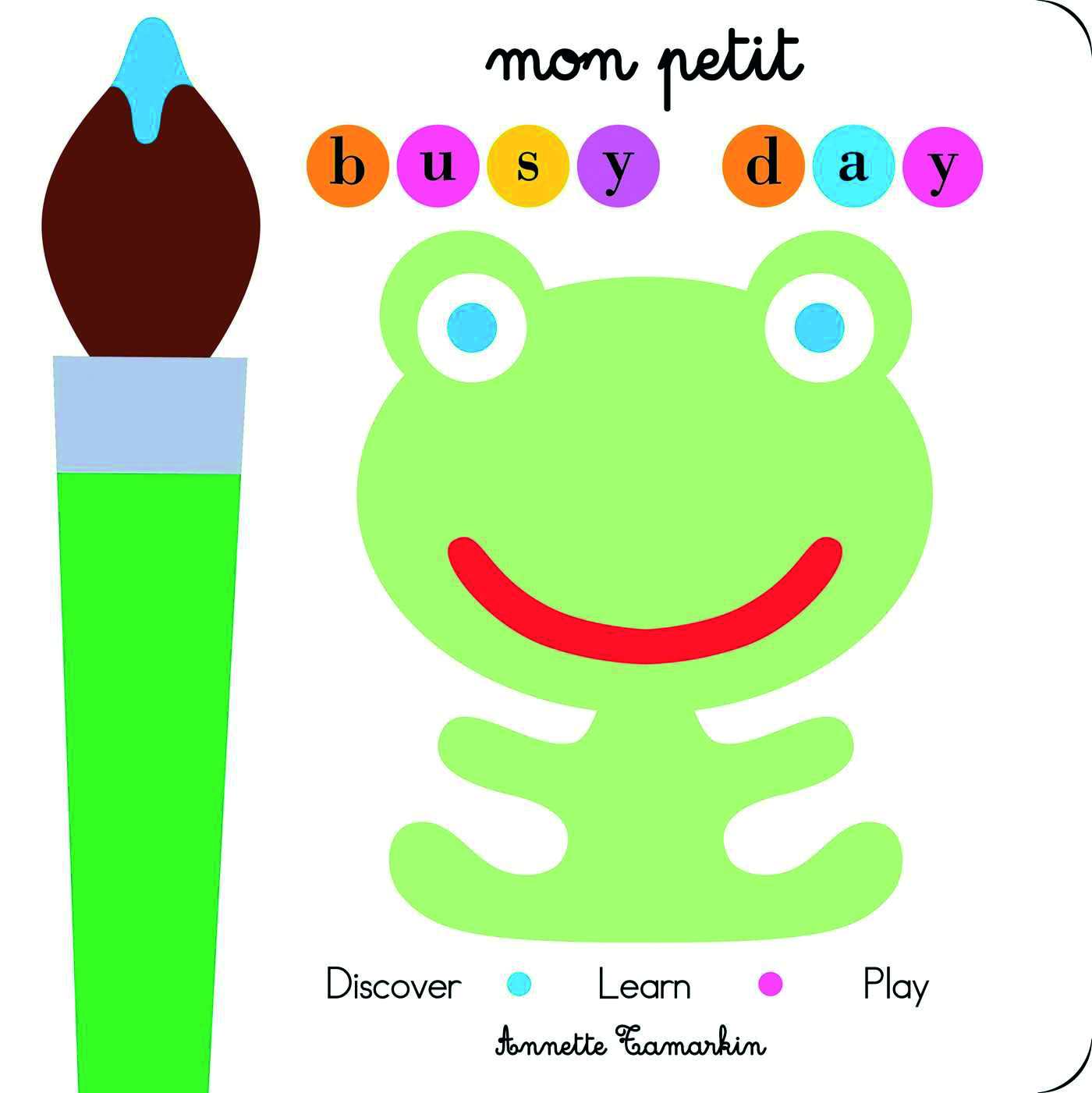 Mon Petit Busy Day by Annette Tamarkin
Mon Petit Busy Day by Annette Tamarkin- Moo! Moo! What Are You? by Elliott Kreloff
- Push the Button from Sterling Publishing (Begin Smart series)
- Who Am I? and Look At Me! from Sterling Publishing (Begin Smart series)
Interactive technology
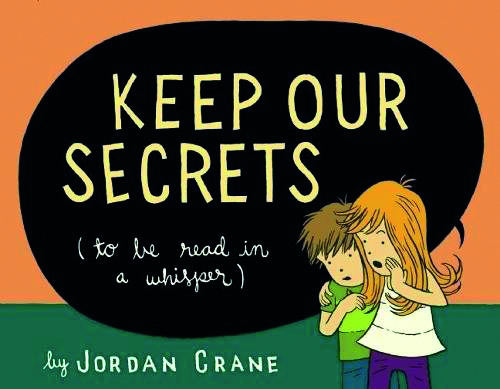 Gallop! and Waddle! by Rufus Butler Seder (Scanimation books)
Gallop! and Waddle! by Rufus Butler Seder (Scanimation books)- Keep Our Secrets by Jordan Crane
- Listen to the Birds by Marion Billet
- Around the Farm by Eric Carle
Instruction books to make young readers think and move
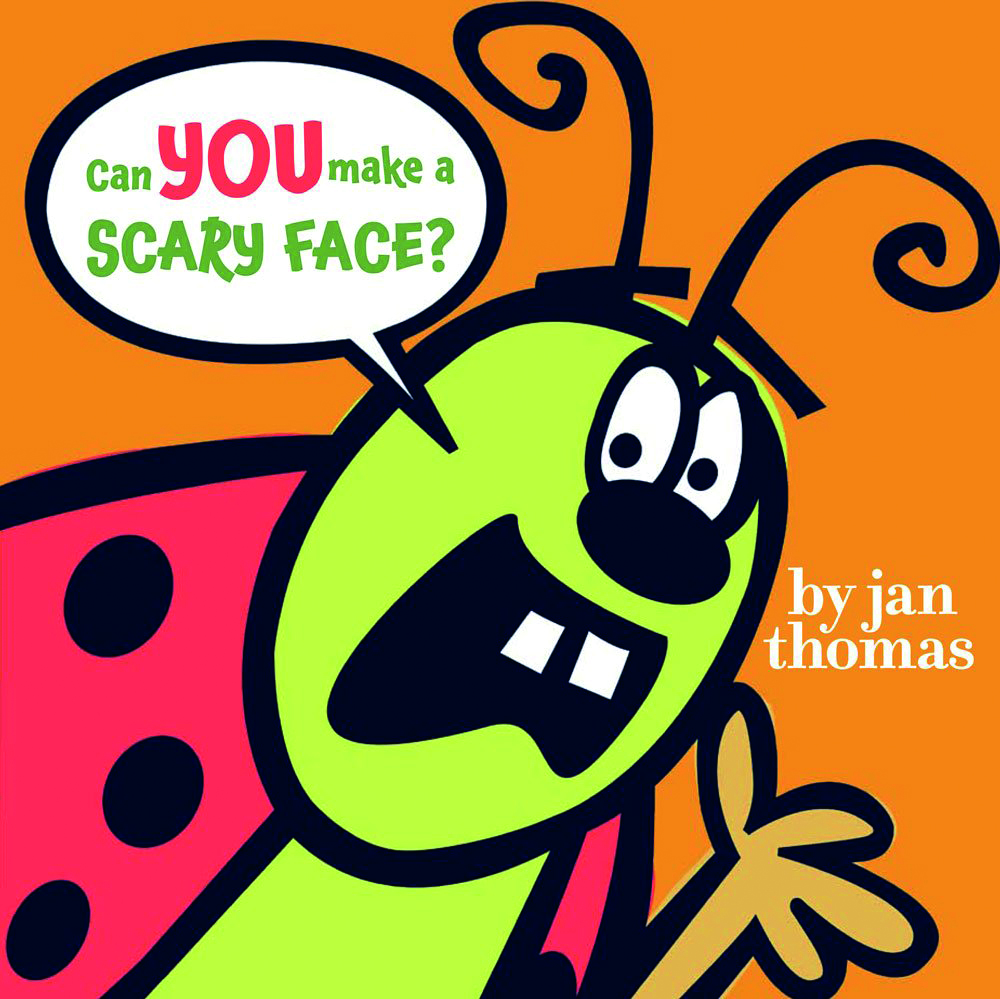 Press Here by Herve Tullet
Press Here by Herve Tullet- The Book With No Pictures by BJ Novak
- From Head to Toe by Eric Carle
- Can You Make a Scary Face? by Jan Thomas
- The Yellow Balloon by Charlotte Dematons
- Tap the Magic Tree by Christie Matheson
- Little Yoga by Rebecca Whitford, illustrated by Martina Selway









